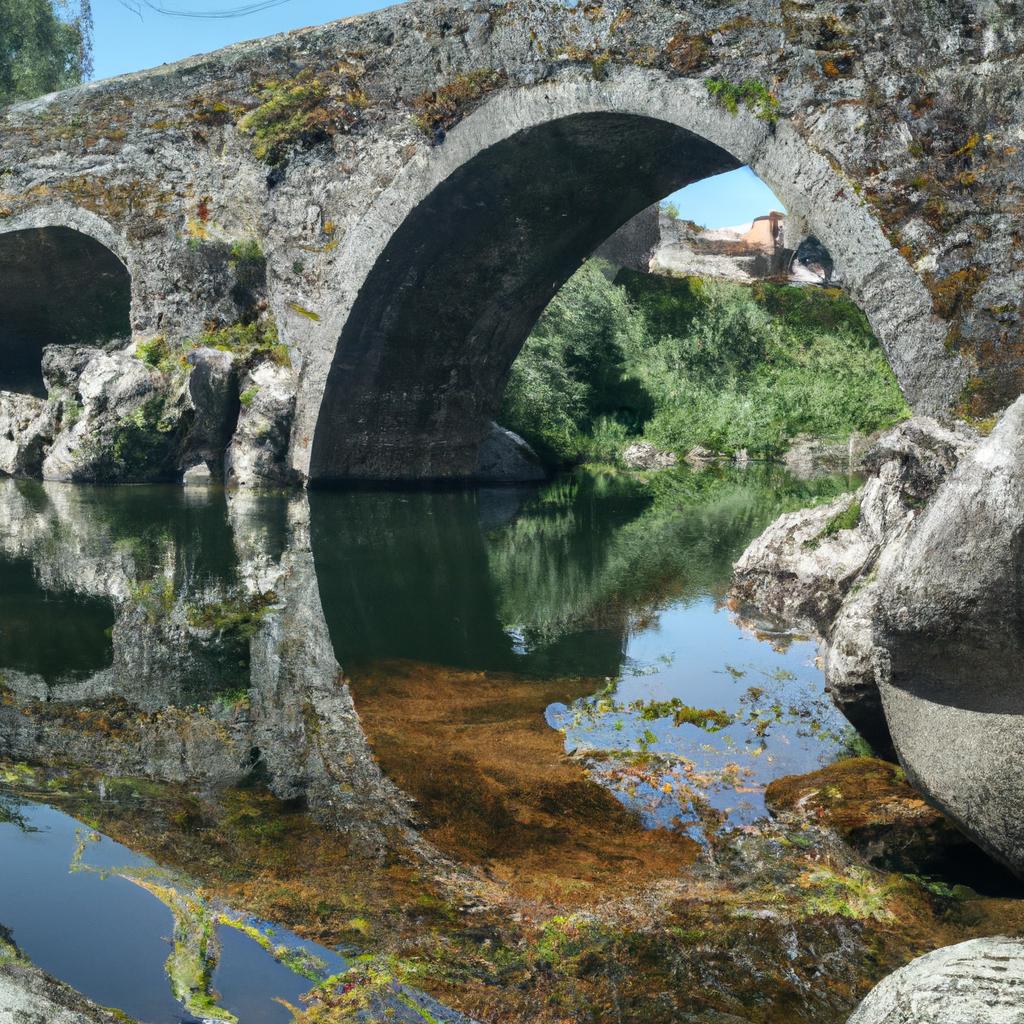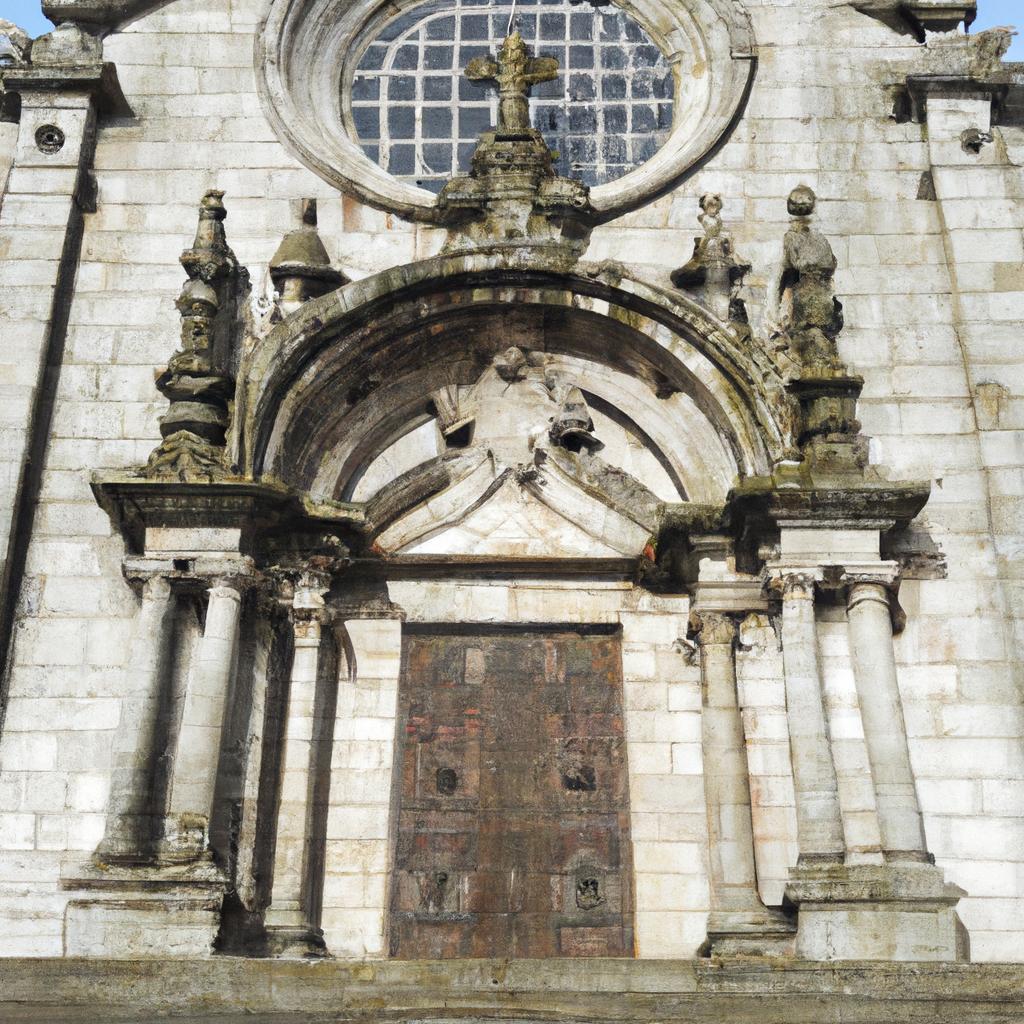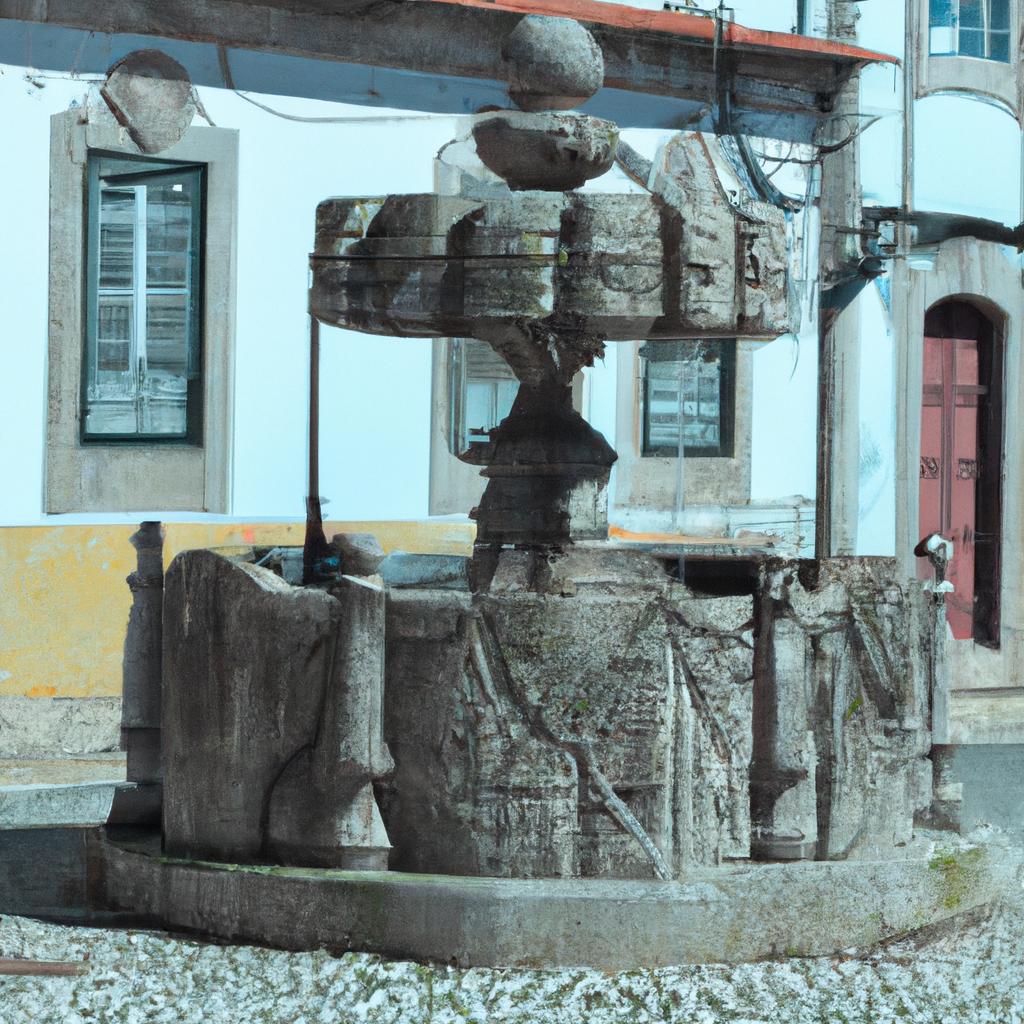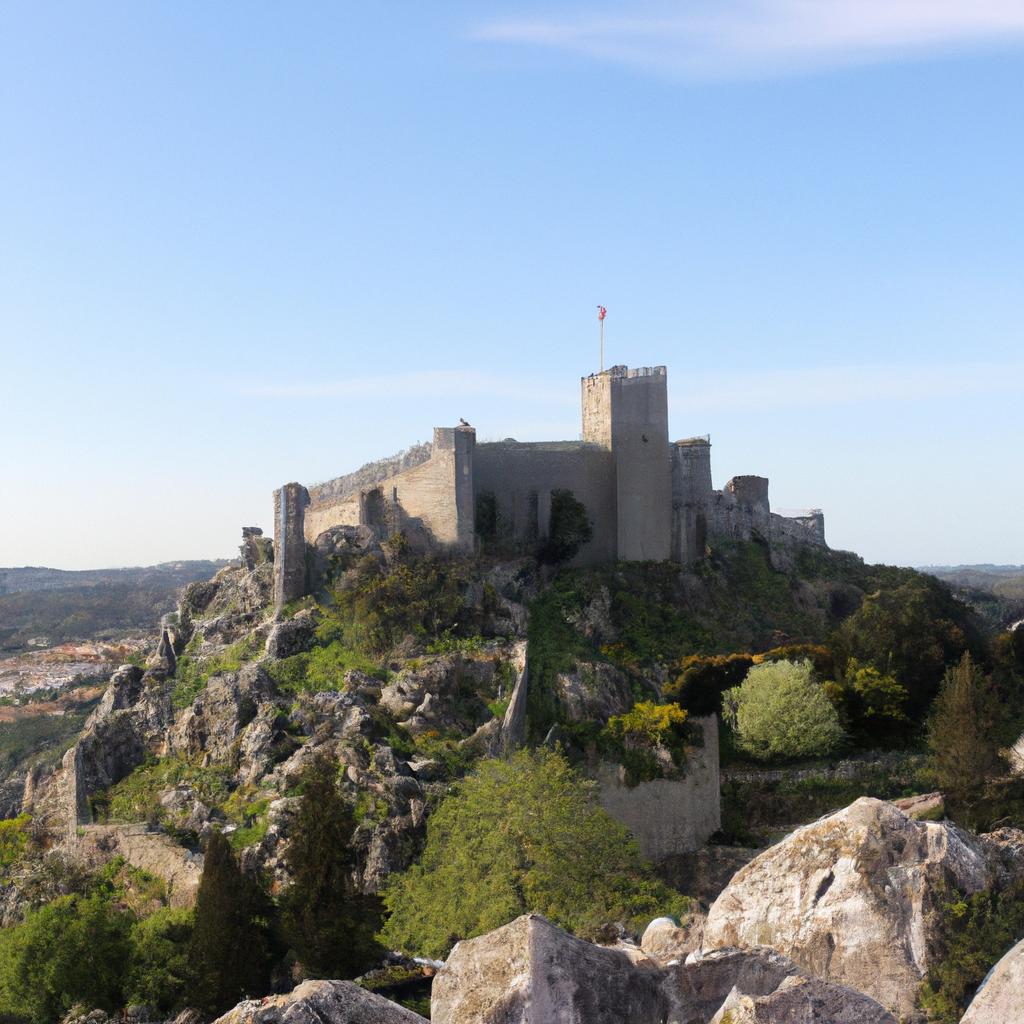Portugal Stone is more than just a type of limestone; it’s an architectural marvel that has stood the test of time. Architects and designers worldwide continue to choose Portugal Stone for its unique properties and unparalleled aesthetic appeal. In this article, we will delve into the characteristics, uses, production, maintenance, and sustainability of Portugal Stone, uncovering its enduring allure.
Characteristics of Portugal Stone

Portugal Stone is a sedimentary rock composed of calcium carbonate, formed over millions of years through the accumulation of marine organisms. Its durability, weather resistance, and low porosity make it perfect for construction. Moreover, its easy workability allows for intricate designs and carvings.
With a range of colors from light beige to dark gray, Portugal Stone stands out with its textured beauty. The fossils and shells within the stone give it a natural, organic look. Varieties like Moleanos, Ataija, and Vidraço offer architects and designers a wide range of choices to suit their artistic vision.
Uses of Portugal Stone

Portugal Stone has been a favorite choice for both exterior and interior designs for centuries. Its durability and resistance to weathering make it suitable for building facades, walls, and flooring. The unique texture and color of Portugal Stone also make it ideal for decorative elements such as columns, balustrades, and ornamental carvings.
Notable examples of Portugal Stone in architecture include the Jerónimos Monastery in Lisbon, renowned for its intricate carvings, and the Padrão dos Descobrimentos, featuring a Portugal Stone map of the world and carvings of famous explorers.
In interior design, Portugal Stone adds warmth and character. Its texture and color make it a popular choice for flooring, countertops, and backsplashes, breathing life into any space.
Production of Portugal Stone

Portugal is a leading producer of limestone, and the extraction of Portugal Stone is no exception. Moleanos, Ataija, and Vidraço are among the regions in Portugal where the stone is quarried. Open-pit mines and heavy machinery are used to extract large blocks of stone, which are then cut into slabs using diamond-tipped saws and finished through techniques like polishing and sandblasting. The finished products are exported worldwide, contributing to the Portuguese economy.
Maintenance of Portugal Stone

To preserve the longevity and beauty of Portugal Stone, regular maintenance is essential. Cleaning the stone with a soft-bristled brush or a damp cloth using mild soap helps maintain its appearance. Sealing the stone provides an extra layer of protection against moisture damage. For repairs and restoration, small cracks and chips can be filled with color-matched epoxy resin, while larger repairs may require professional assistance.
Sustainability of Portugal Stone

Concerns about sustainability and the environmental impact of construction materials are rising. Sustainable quarrying and processing practices are being implemented to address these issues. These include reforestation, waste management, and water conservation programs. While there are alternative materials available, such as synthetic materials and stone veneers, Portugal Stone’s organic beauty and durability remain unmatched.
With the growing environmental consciousness in the construction industry, the demand for sustainable building materials like Portugal Stone is expected to rise. Proper maintenance and sustainable practices ensure that Portugal Stone will continue to be a timeless and beautiful choice for architects and designers worldwide.
TooLacks – Discover the enduring beauty of Portugal Stone.



